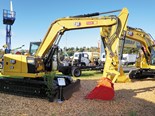Event: bauma 2022
bauma 2022 was the launchpad for many manufacturers and brands to showcase the latest innovations
Avant launches new electric loaders and own batteries
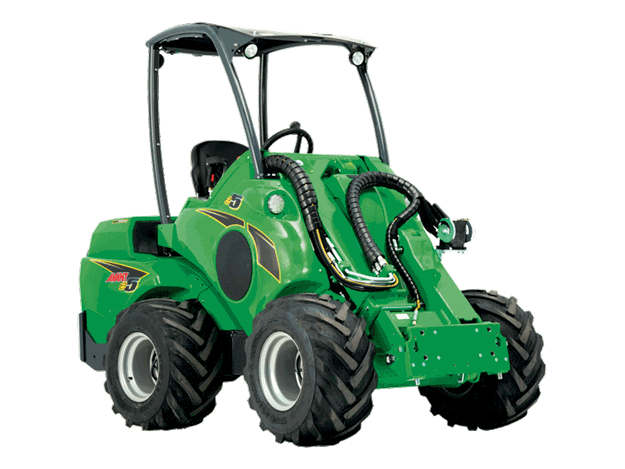 |
|
A fully charged battery in an Avant e5-27 will power the machine for an entire workday
|
bauma 2022 was the launchpad for Finnish manufacturer Avant Tecno to showcase two new electric loaders powered by the company’s own produced batteries. New to the market is the e5-27 and e5-13 models powered by batteries from Avant Tecno’s new subsidiary, Avant Power.
Twice the capacity
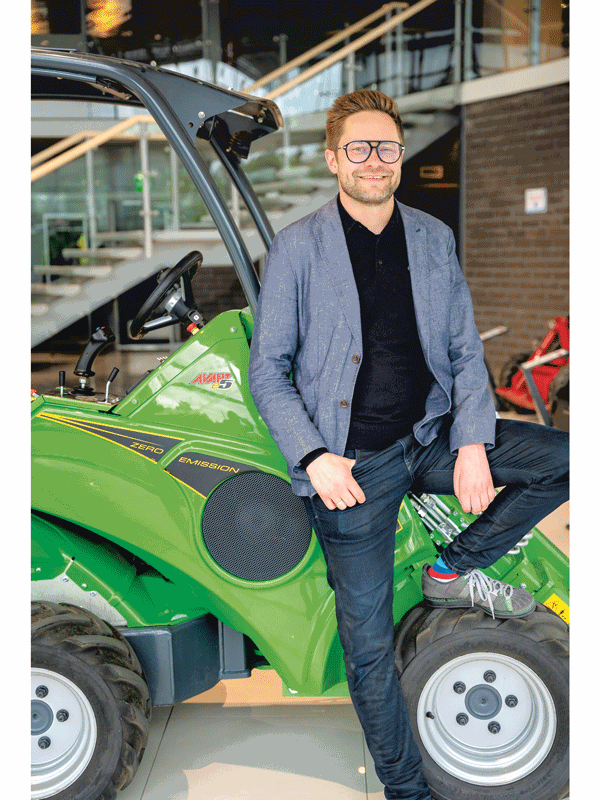 |
|
Jani Kakela, CEO of Avant Tecno
|
The Avant OptiTemp batteries (27kWh and 13kWh) feature what the company calls a globally unique thermal management system, giving a battery capacity twice the size of other manufacturers’ products. A fully charged battery in an Avant e5-27 will power the machine for an entire workday.
Mikko Piepponen, chief operating officer at Avant Power Oy, says, "Avant Tecno has been doing research and development related to electric loaders since the 1990s, and our first fully electric loader was introduced in 1997.
"After working with electric loaders and batteries for decades, we realised that there was no battery pack in the world that would be perfectly optimised for compact loaders. That’s why we decided to start making batteries ourselves."
OptiTemp system
.gif) |
|
Avant Tecno showcased two new electric loaders powered by the company’s own batteries
|
Operators can charge the battery in just 1.5 hours with a rapid charger. An OptiTemp battery is designed to work well even in extremely cold conditions (-30°C/-22°F), when pre-conditioned.
As the battery is plugged into a charger, the temperature control system is automatically switched on. When the workday starts and the loader is unplugged, the battery temperature is optimised for hard work and adjusted to the prevailing weather conditions.
Avant says no other battery manufacturer in the world has similar solutions for safety.
"In Avant OptiTemp batteries. There’s no risk of propagation, thermal runaway from one cell to another, or flame leakage outside the battery device. Absolute safety is guaranteed by the structure and the immersion cooling system of the battery."
Jani Kakela, CEO of Avant Tecno, adds, "The cooperation with Avant Power and the batteries they have developed allow us to build the kind of electric loaders that the market has been longing for.
"Longer working time and more affordable pricing have been key issues with electric loaders until now. With the new e5 models we intend to tackle them both."
Hyundai alternative energy
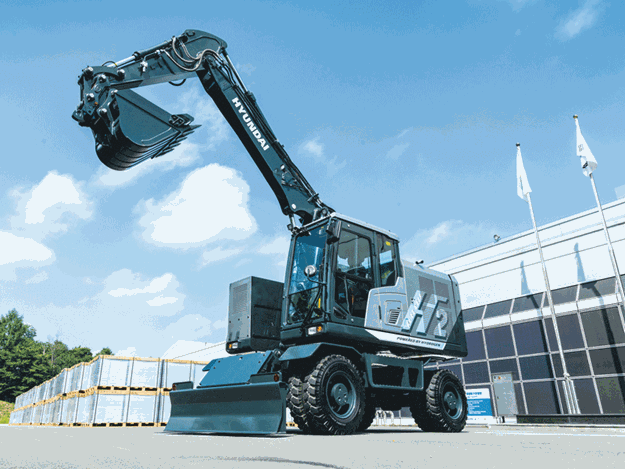 |
|
Hyundai says its excavators are the world’s first hydrogen energy-based sizeable fuel cell models
|
Hyundai Construction Equipment (HCE) put forward its strategy for alternative fuel technology at the event. With demand for alternative fuels and emission control mandates becoming increasingly common worldwide, Hyundai Construction Equipment teamed up
with sister companies Hyundai Motors and Hyundai Mobis to commit to the research and development of alternative power technology for future heavy machinery models.
Alongside their efforts in the electrical mini excavator market, Hyundai has been exploring the potential of hydrogen fuel cells as an option for larger model excavators, with a goal of mass distribution by 2023.
The company says its hydrogen fuel cell excavators are the world’s first hydrogen energy-based sizeable fuel cell models, which set HCE apart from its competitors that have yet to exceed the threshold of small-sized hydrogen fuel cell.
With Hyundai Mobis saying it will invest US$ 1.12 billion in two local hydrogen fuel-cell plants by 2025, Hyundai as a whole is well positioned to compete in the hydrogen energy markets of the future.
"We’ve prepared a foundation upon which we can secure core technology in hydrogen-powered construction equipment ahead of our competitors," says Hwang Jong-hyun, head of the R&D division for Hyundai Material Handling at HCE.
"Hyundai Construction Equipment will do its very best to meet the challenges that lie ahead as countries around the world attempt to establish global standards in certifying the performance of equipment and legislating relevant laws for the commercialisation of hydrogen-powered construction equipment and play a leading role in the market moving forward."
BKT launches EM 933 Super
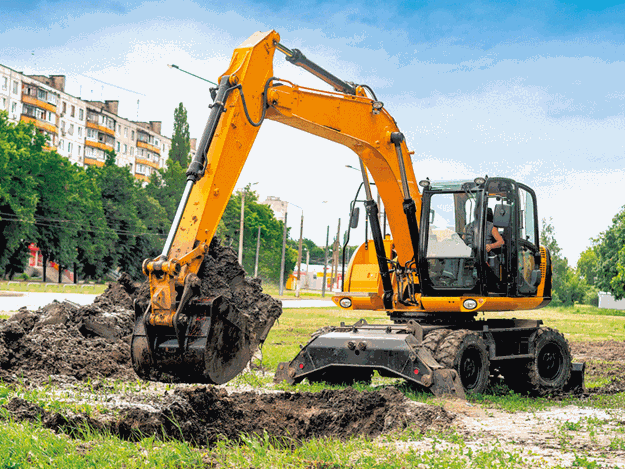 |
|
The new tyre is designed specifically for rubber-tyred excavators
|
Manufactured to be the perfect tyre for digging, loading, and other complex operations, BKT Tires showcased its EM 933 SUPER for rubber-tyred excavators at the event.

Designed for exceptional comfort and superior traction, the manufacturer says to avoid rock penetration, a unique sidewall with protruding rib enables the close contact of two tyres without the need for a special rubber ring.
Other design features include driving comfort, top self-cleaning properties, and first-class traction with its exclusive design tread, even under difficult and challenging conditions.
The company says the EM 933 SUPER adds to the extensive tyre range of more than 3200 products that BKT offers for specialist segments in construction, earthmoving, and mining environments and also in farming, industrial, and logistic applications, as well as for gardening and ATV.
XCMG electric excavator NZ bound
 |
|
The XE35E-E weighs 4300kg
|
On display were the XE27U-E and XE35U-E electric excavators., manufactured
by XCMG, who are reported as the third largest producer of construction equipment in the world and largest in China.
XE35U-E focus
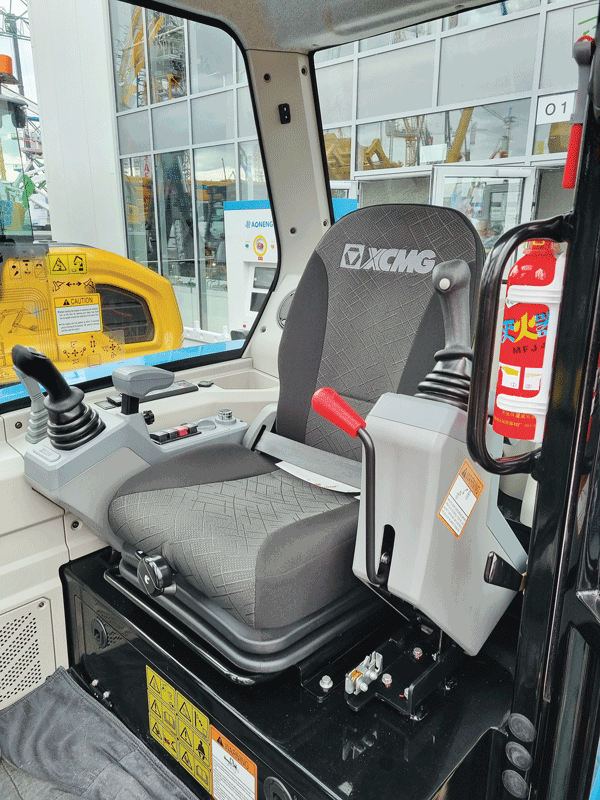 |
|
Air conditioning comes standard
|
The company says the 4300kg XE35U-E has a 70kWh battery giving around eight hours of running time and can be fully charged in half an hour using a suitable 120kW DC charger. Alternatively, it can be charged overnight with an AC charger.
 |
|
The interior will be familiar to operators
|
The short tail machine comes standard with blade, breaker piping, air conditioning, and other features operators of small excavators are accustomed to, including a left and right boom swing of 75 and 50 degrees respectively.
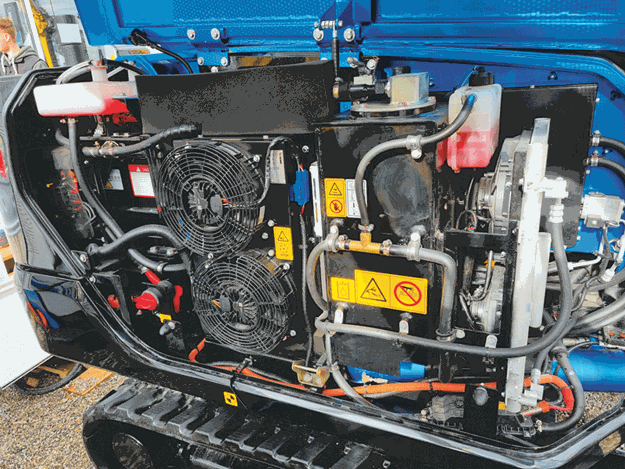 |
|
Wide opening panels allow easy access
|
A tilting cab and wide opening panels allow access to componentry and the hydraulic system. New Zealand buyers will see some of these machines in the country sometime in early 2023.
| Battery Model | 173Ah_405.72V_1P126S |
| Electricity | 70.18kW/h |
| Voltage | 405V |
| Charge time (fast/slow) | 1/6h |
| Liquid cooling | Yes |
| Motor output | 22/ 2400kW/rpm |
| Rated Torque | 87.5Nm |
| Bucket digging force | 28.6kN |
| Main pump flow | 108L/min |
| Overall length | 5348mm |
| Overall width | 1740mm |
| Track length | 2215mm |
| Min tail swing radius | 1549mm |
| Max dig height | 5215mm |
| Max dump height | 3760mm |
| Max dig depth | 3060mm |
| Min swing radius | 2170mm |
| Length of boom | 2560mm |
| Bucket capacity | 0.12m3 |
Liebherr debuts excavator with hydrogen engine
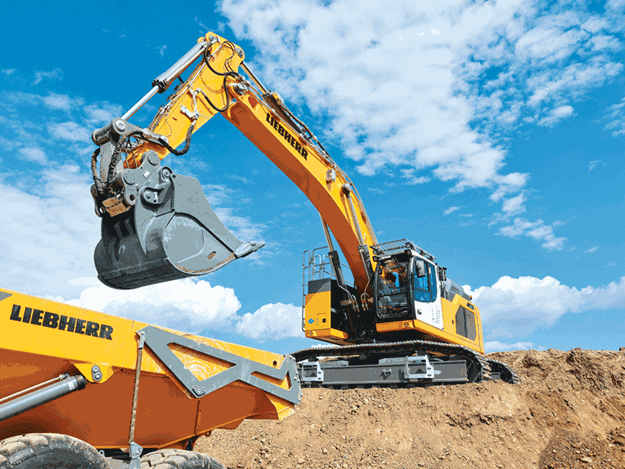 |
|
The engine design is based on intake manifold injection technology
|
Liebherr premiered a crawler excavator developed by Liebherr-France SAS in Colmar, equipped with an integrated H966 hydrogen combustion engine that emits extremely low levels of NOx and CO2 (70-100%), the company says.
The H966 engine: heart of the machine
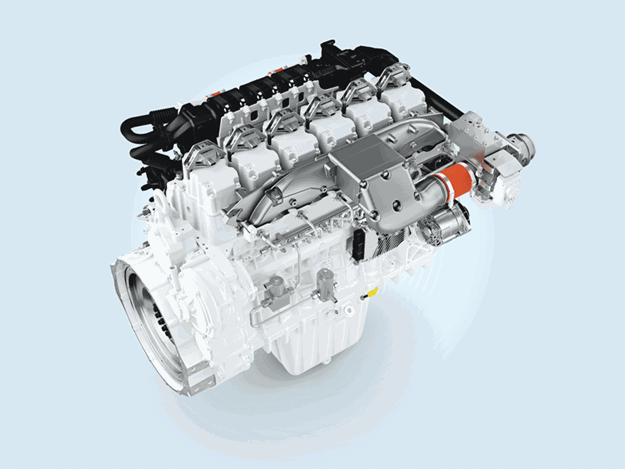 |
|
The H966 engine is developed and produced at Liebherr Machines Bulle SA in Switzerland
|
The first Liebherr hydrogen engine, the H966, is the heart of the new R 9XX H2 excavator. The engine design is based on an intake manifold injection technology (also known as PFI). The manufacturer says achieved results offer evidence of great potential for hydrogen propulsion with the first resulting product.
In addition, the components division is working on further hydrogen-based drive technologies, such as H2 direct injection. The latter enables a higher power density than the established H2 intake manifold injection and is particularly suitable for heavy-duty applications.
A powerful, safe and environmentally friendly solution
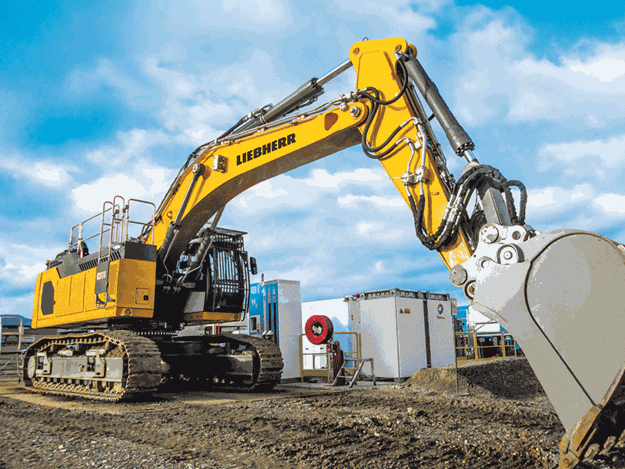 |
|
The R 9XX H2, has an operating weight of 50 tonnes
|
The design of the R 9XX H2 is based on Liebherr’s current and future Generation 8 of crawler excavators. The excavator reaches the same overall performance as its diesel engine counterpart, both in terms of power output and engine dynamics and response, the manufacturer says.
Suitable for extreme temperatures and shock- and dust-intensive site operations, the R 9XX H2, with its operating weight of 50 tonnes, can become a robust solution for earthmoving and quarrying applications in the future, as the conventionally powered Liebherr crawler excavators in the same class already are, the company says.
.gif)
The only differences are in refuelling the machines, which is carried out via infrared communication between the excavator and the hydrogen refuelling station, where users benefit from a standardised high-speed process to ensure safe and fast filling.
"The tests carried out were extremely convincing. This technology promises many advantages for us in the future, especially in the most challenging applications," Henrik Weitze, project manager at Liebherr-France SAS, says.
Hitachi prototypes unveiled
 |
|
The Hitachi ZE85 is an electric construction machine developed by European Application Center GmbH
|
Contributing to zero emissions at construction sites, Hitachi Construction Machinery Group released the ZE85* (8-tonne class) in 2020 and started the preordering process for the ZX55U-6EB (5-tonne class) in June 2022.
In addition to these two models, two battery-powered excavator prototypes (two- and 13-tonne class) developed by European Application Center GmbH (headquarters: Stockstadt am Rhein, Germany; "EAC"), a joint venture company established by Hitachi Construction Machinery and a subsidiary of its European distributor Kiesel, was presented to the public for the first time at bauma 2022, bringing the total number of models on display to four (two-, five-, eight-, and 13-tonne class).
The main feature of the two- and 13-tonne class prototypes is their combined use of battery power and commercial electricity supply while maintaining the same workload as engine-powered models, the company says.
Long operating hours are achieved by the use of battery power in conjunction with a commercial power supply. Additionally, the two-tonne class prototype has the same outside dimensions as an engine-powered mini excavator of the same class and can work efficiently in confined spaces due to its short rear-end swing design.
Both prototypes (two- and 13-tonne class) will be used for future market surveys, but at the present time, the launch date and price are still to be decided by Hitachi Construction Machinery.
Find new and used machinery for sale in NZ
Keep up to date in the industry by signing up to Deals on Wheels' free newsletter or liking us on Facebook.

.jpg)



.jpg)

.jpg)
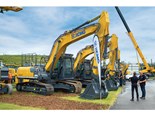
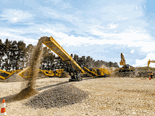
.jpg)
